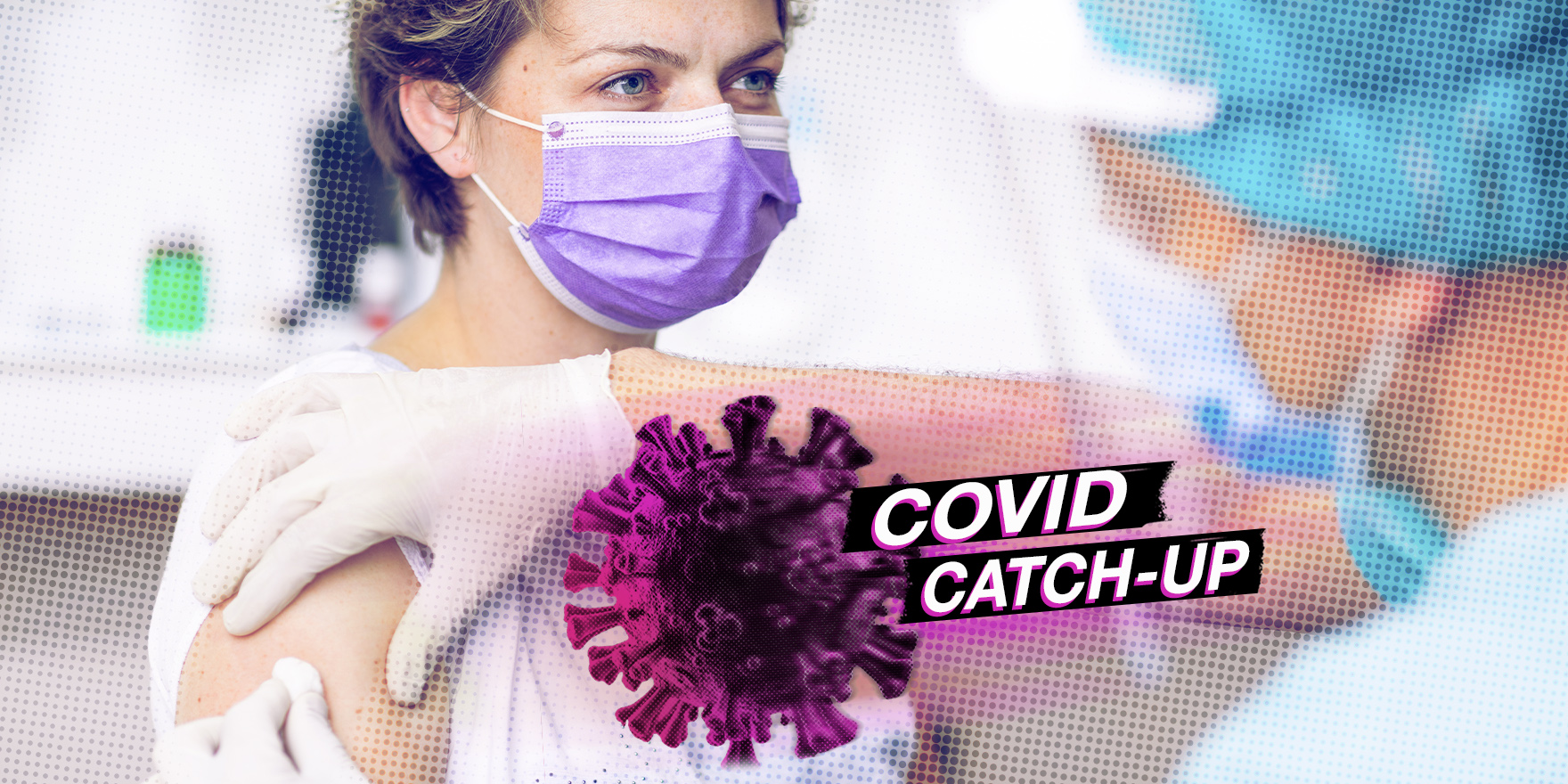Plus a case of reinfection, remdesivir's uncertain results and asymptomatic cases in children in this week's round-up.
Welcome to Allergy & Respiratory Republic‘s COVID Catch-Up for this week.
- Around 2500 healthcare workers have been infected with SARS-CoV-2 in Victoria during this pandemic, with 2255 infections since July 1, according to data released by the Victorian state health department.
In this second wave, around 40% of healthcare worker infections have been from disability or aged care, a further 40% have been nurses, nearly 5% are medical practitioners and the rest are a mix of paramedics, pharmacists, midwives and dental practitioners.
The state’s data suggests among those infected, around three-quarters of aged and disability care staff, 46% of medical practitioners and 54% of nurses acquired the virus at work.
The AMA has condemned the state government’s response to these revelations as “too little, too late”, arguing that the government is not taking the issue seriously.
They have called for revised guidelines on PPE for Victorian healthcare workers but dismissed the state government’s suggestion of a trial of ‘fit testing’ for N95 masks, saying fit testing is already a requirement for those wearing the masks in healthcare facilities.
“Two weeks ago, the AMA asked the Infection Control Expert Group to rethink guidance that currently does not mandate respirator mask use for positive or likely COVID-19 patients,” said AMA President Dr Omar Khorshid in a statement. - Hong Kong researchers claim to have identified the first verified case of COVID-19 reinfection but have only released their claims in press release form (yes, that horrible sound is scientists and science journalists the world over grinding their teeth in frustration).
What is apparent is that the 33-year-old man was first diagnosed with COVID-19 in late March after presenting with a sore throat, fever, cough and headache. He was hospitalised, then discharged a few weeks later after two consecutive negative RT-PCR tests. Four months later, he was found to be positive again after being tested in transit between Spain and Hong Kong, although this time was asymptomatic.
Genomic sequencing of both his first and second tests showed the second infection was caused by a different SARS-CoV-2.
The researchers commented that the milder second episode reflected a similar pattern seen in macaques infected with SARS-CoV-2. The results have been accepted for publication but not yet published. - A cohort study of 33,041 asymptomatic children presenting to pediatric otolaryngologists for non-COVID-19-related reasons has reported an overall prevalence of 0.65% of SARS-CoV-2 infection.
The study, published in JAMA Pediatrics, made use of routine testing at 28 children’s hospitals across the US, and revealed that the prevalence of asymptomatic SARS-CoV-2 in children was significantly associated with the prevalence of COVID-19 in the overall population.
The authors suggested that this knowledge could inform an understanding of the prevalence of SARS-CoV-2 in children during the pandemic.
“This prevalence can be used to guide policy on institutional settings for children within that community and estimate pretest probability for SARS-CoV-2 screening,” they wrote. “Ongoing estimates of the prevalence of asymptomatic SARS-CoV-2 infection in children may be updated as the COVID-19 pandemic evolves.” - Another cruise-ship study has found the rate of asymptomatic infections ranged from 45% to 58%.
The study, published in Emerging Infectious Diseases, looked at an outbreak aboard a cruise ship docked in Yokohama, Japan, which affected around one in five of the 2666 passengers and nearly 14% of the 1045 crew members. Among passengers, nearly 58% were asymptomatic and among the crew, nearly 45% were asymptomatic. There were seven deaths among passengers, but none among the crew.
Because of the difficulty with isolating passengers and crew, the basic reproduction rate of the outbreak was four times higher than that seen in Wuhan, China. - A study has cast doubt on the efficacy of remdesivir as a treatment for COVID-19, finding its effects as being “of uncertain clinical importance”.
The open-label study, published in JAMA, randomised 584 patients hospitalised with COVID-19 to either a 10-day or 5-day course of the antiviral, or to standard care.
The primary endpoint was the distribution of clinical status by day 11, with the idea being that if remdesivir did improve outcomes, then patients treated with it should have higher clinical status scores.
The study found that those treated for 5 and 10 days had significantly higher odds of having a better clinical status distribution than those treated with standard of care, but the authors were unsure how this translated clinically. They saw no significant differences between the three treatment groups in time to clinical improvement, time to recovery, time to discontinuation of oxygen support, duration of oxygen therapy or duration of hospitalisation. All-cause mortality at day 28 was 1% in the 5-day group, 2% in the 10-day group, and 2% in the standard care group.
They also saw a significantly higher rate of adverse events in the 10-day remdesivir group compared to the standard care group.
An accompanying editorial commented that there have now been three randomised controlled trials of remdesivir in hospitalised patients, and each has delivered different results, “raising the question of whether the discrepancies are artifacts of study design choices, including patient populations, or whether the drug is less efficacious than hoped.”
The editorial’s authors also noted the considerable cost of producing and distributing remdesivir, and that its benefits compared to the widely available and much cheaper corticosteroids were unknown.
Get Bianca’s daily COVID Catch-Up at medicalrepublic.com.au.



